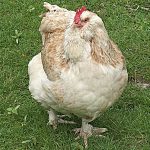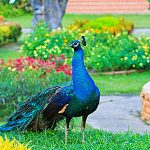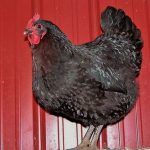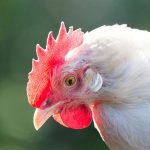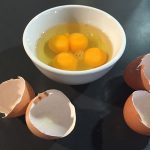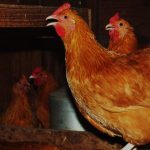
The air temperature range at which chickens maintain the best health and productivity is between 70°F and 75°F. As the temperature rises above this range, physical adaptations — such as a large comb and wattles — help some breeds release body heat. All breeds also engage in behavior modifications that allow chickens to keep themselves […]
Continue Reading


